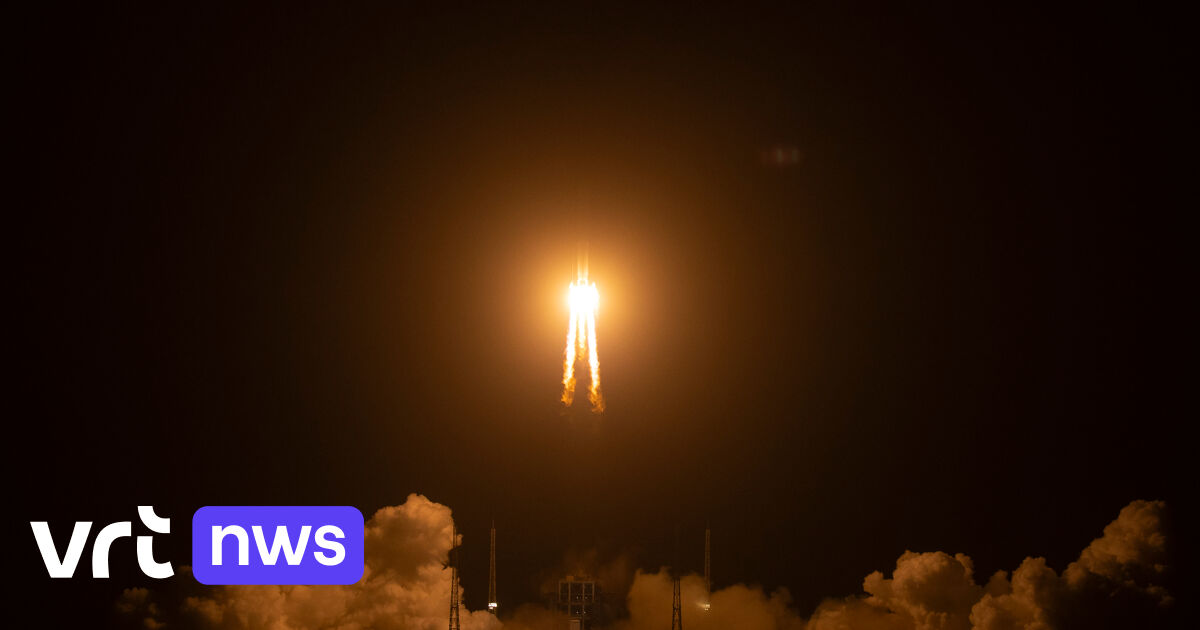The launch took place from the Wenchang launch site on the tropical island of Hainan with a Long March 5Y rocket. The launch vehicle is to propel the 8.2-ton Chang’e 5 towards the moon. Chang’e 5, like the entire Chinese moon program, is named after the Chinese goddess of the moon.
It is only the second mission of the more than 800 ton Long March 5Y. In July, the Tianwen 1 probe was launched to Mars with such a rocket.
The European Space Agency (ESA) supports crucial phases of the mission with two ground stations.
The unmanned spaceship Chang’e 5 must be in the Oceanus Procellarum by the end of November – spacecraft normally take 3 days to reach the moon. – the Ocean of Storms – landing, collecting samples and bringing them to our planet in early or mid-December. The probe will drill up to two meters deep. The aim is to learn more about the history of the moon.
The spacecraft consists of four modules: an orbiter – an element that continues to orbit the moon – with a reentry capsule, and a lander with an ‘ascender’. The lander is supposed to collect about 2 kilograms of rocks and dust and then transfer them to the ascent stairs with a robotic arm. It then has to take off with the precious cargo and automatically link itself to the orbiter. Then the lunar rocks are transferred into the reentry capsule for the journey back to Earth.
It is the first time that a country has attempted to bring lunar samples to Earth since the US and Russian missions in the 1960s and 1970s. The last successful mission to recover lunar rocks was the unmanned Soviet Russian probe Luna 24 in 1976.
Just last year, Beijing launched Chang’e 4 to the moon, the first human-built spacecraft to land on the far side of the moon, the so-called ‘Dark Side of the Moon’, which is actually light and dark for the same length of time as long as the front cannot be seen from the earth.
–


